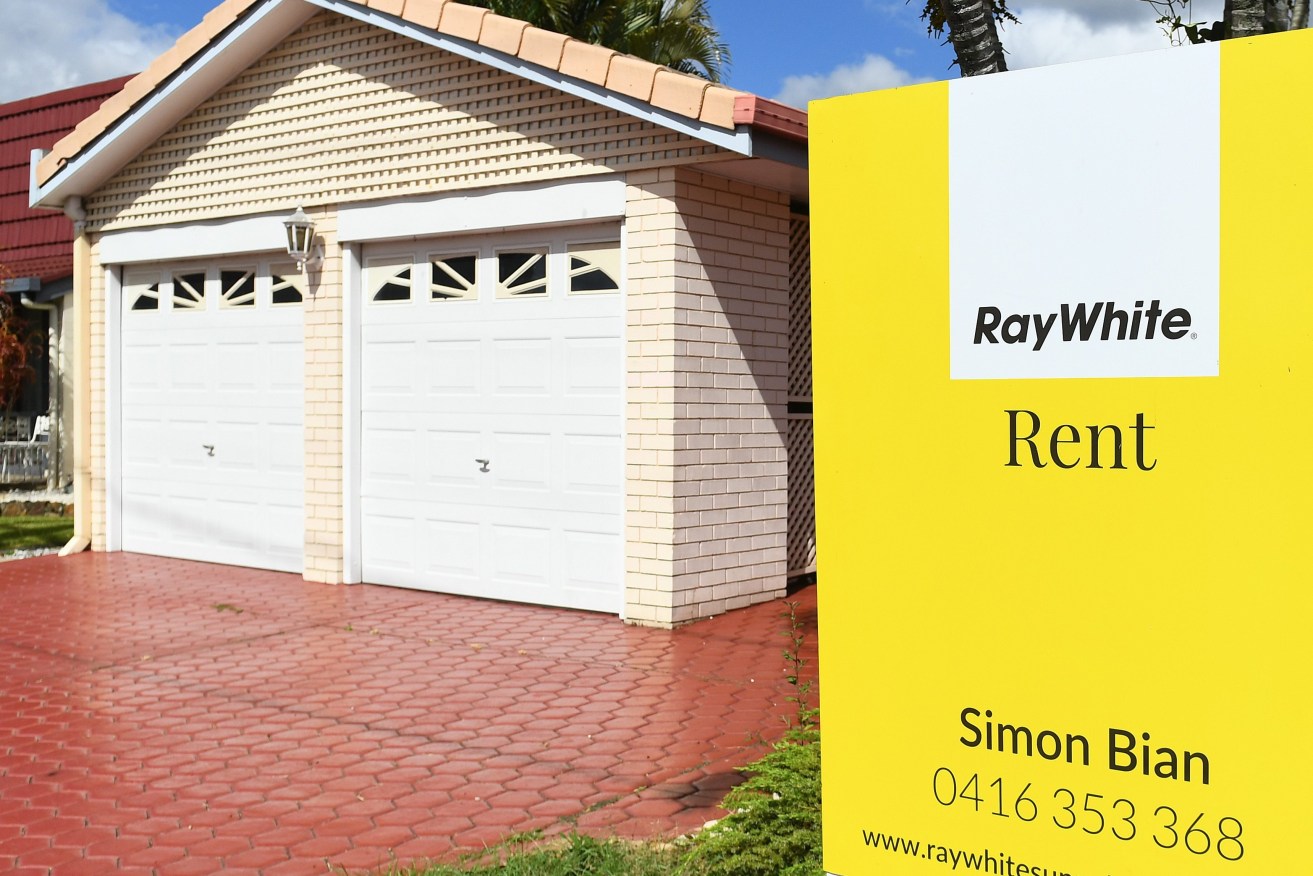Get outta town: Why rents on the urban fringe have exploded
Living on Brisbane’s urban fringe has come at a big cost with research showing renting in places like Logan and Ipswich is relatively expensive compared to places like Paddington and Bulimba.


A rental sign is seen outside a house in Brisbane, (AAP Image/Jono Searle)
We can blame Covid and the onset of remote work for that. People have changed how they lived and that has meant a shift to the urban fringe and some regional areas, according to research firm e61.
But there has been a benefit to inner city renters. The research revealed that rents would have been much higher than they were now if not for Covid and the shift to the fringe.
The research showed that there has been a $1300 a year increase in rents paid on the fringe of Australia’s capital cities compared with inner city rents.
The research paper “Get outta town! How the pandemic has reshaped the value of city living” by Aaron Wong found that rents in capital cities declined from an average of 15 per cent higher to only 5 per cent higher than regional rents.
“Changes to daily life such as working remotely were born out of necessity during the pandemic. For people who are making choices on where to live based on the options that remote work provides, their net has expanded to locations beyond a commute and that complement their lifestyle,” Wong said.
“The results suggest that the shift to remote work has changed where people want to live. The relative value of living close to the city centre has declined. Rents near and beyond the fringe of capital cities have shifted upwards. This has led to an overall flattening of the rent gradient.
“People are also willing to pay a higher premium to rent a home with access to nature. Remote work allows workers to enjoy these settings beyond just the weekend.
Recent analysis found that found median rents rose 80 per cent in Gladstone, 51 per cent in Noosa and 33 per cent on the Gold Coast over the past five years.”
“In the short-term, this change shows us that if it wasn’t for the pandemic and this trend of relocating away from the city, rents in inner cities would be even higher than they are now.
“This one-off rebalancing of demand away from the inner city provides an opportunity for dwelling supply in the inner suburbs to play catch up.
“Additionally, it highlights that those moving to coastal areas or more regional areas, are driving up the prices for rent.
“In the long-term, the work-from-home revolution has changed our relationship with cities and the value placed on living closer to the city centre.”
“Those relocating for a more relaxed lifestyle surrounded by beaches and nature, working from home has unlocked living options they perhaps previously didn’t have.
“However, for those already renting and living in regional areas, the sting of these rental increases may already be confronting them with uncertainty of their future in these areas.”
“It certainly raises the question of the future of city living, work and urban planning. If these trends continue, will people continue to relocate from cities to more regional areas or coastal areas? Is remote work here to stay?
e61 research director Gianni La cava said the data should be used to inform government policy.












